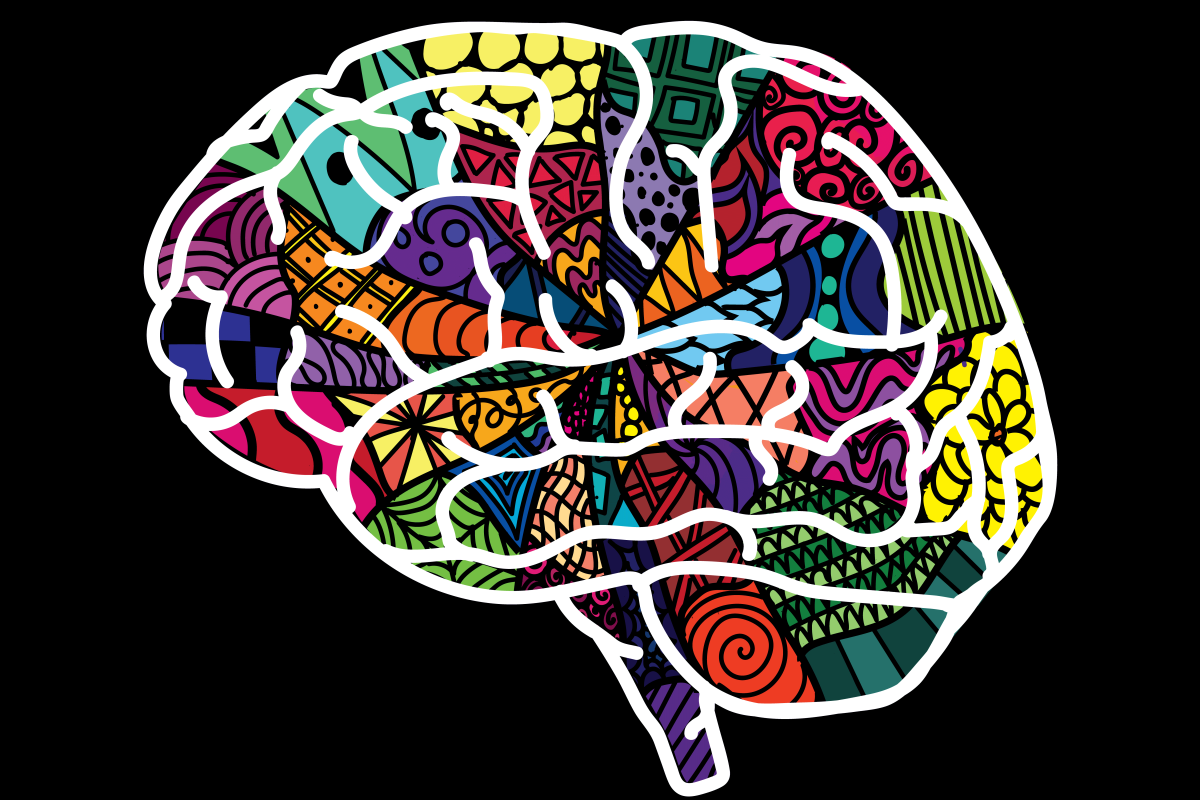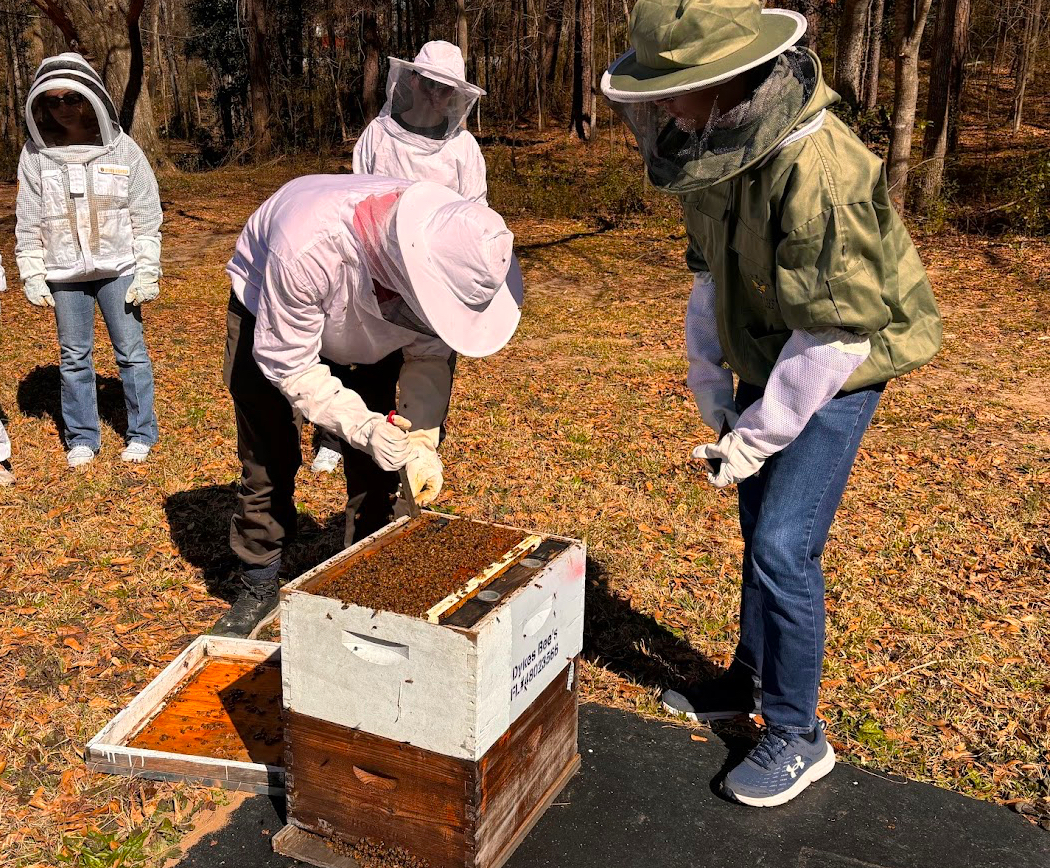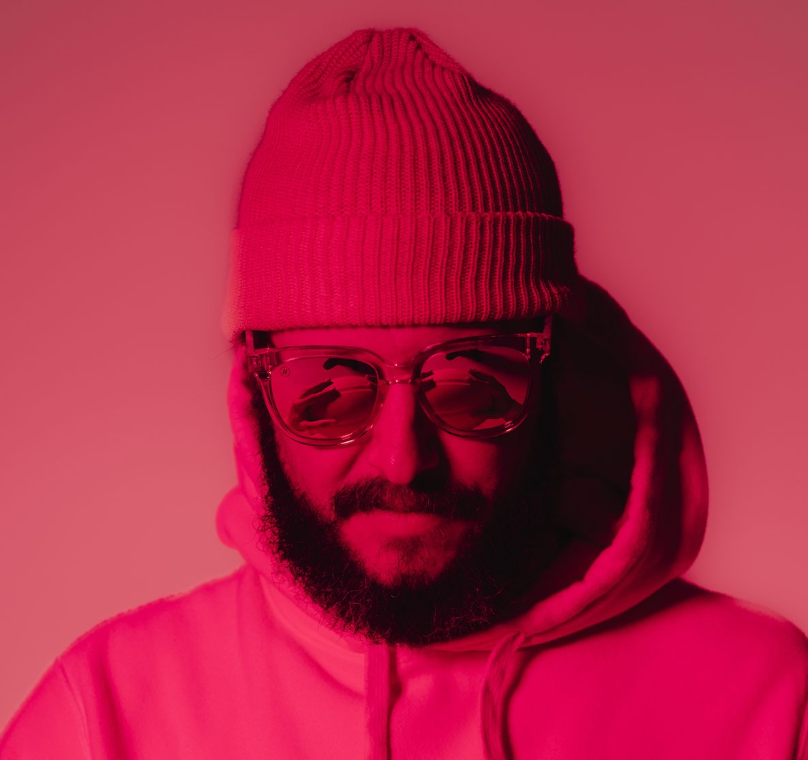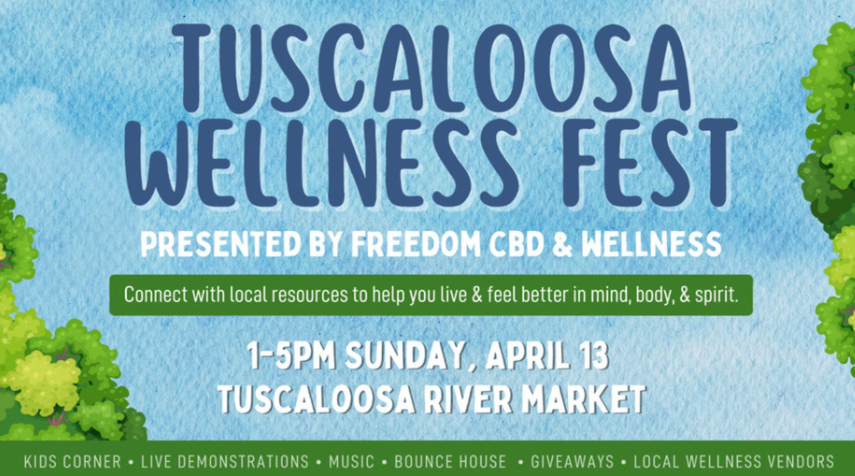When it comes to visual art, there’s often more beyond the canvas. Art can be used to express one’s thoughts and feelings and be a way for others to relate.
Andrea Maria Garay Aparicio, a junior majoring in graphic design, described art as an aesthetic expression and an ultimate function to promote ideas for personal purposes.
“The success of the design relies on the effectiveness of the creative process,” Garay said in an email. “There are never-ending forms of expression derived from the artistic field that are utilized to explore our experiences in our unique way.”
Garay said she pushes herself to think more creatively while being a busy student. Instead of focusing on her academic work continuously, she gives herself free time to create art through graphic design and other mediums.
Bryce Speed, an associate professor of art, encourages students to explore in order to find something within themselves to express through art.
Speed said art is a way to convey a message, emotion or concept, adding that with the availability of materials, art can allow everyone to tell a story.
“Any of the drawing mediums tend to really be a good introduction [to self-expression] because it allows you to make a line and trace the experience,” Speed said.
Anne Franklin Lamar, an assistant professor and the Year 1 director in the Honors College, said having a way to escape reality and be in one’s own world is beneficial to everyone, and that creating pottery allows her to do this.
Lamar has encouraged students to take classes outside of their major, to pursue a hobby or interest, and take a break from their daily lives to indulge in a non-demanding task.
“You realize that art can be a really big community effort as well. You’re free to talk about things and express your feelings when your hands are working and moving,” Lamar said. “It’s pretty strongly connected to a sense of well-being and belonging.”
According to Psychology Today, participants of a 2023 evaluation showed positive responses to a model called “arts on prescription,” in which therapists prescribe for their patients to go to art-related places, such as theaters, museums and dance studios.
“Providers themselves reported that the program boosted their own joy and efficacy, with one physician saying they felt as if they were able to ‘prescribe beauty,’” Golden wrote in the article.
Other models of mental health care have emerged in the U.S. such as New Jersey Performing Arts Center and Horizon Blue Cross Blue Shield of New Jersey, which have similar ‘arts on prescription’ offers.
Speed said all mediums of art can be used for self-expression, whether charcoal, pastels, painting or watercolors. He encouraged students to dig around and find something within themselves to express, share or think about.
“It can be quite cathartic for some people,” Speed said. “You manifest this object in the world, this thing, this art piece, and it is a recording of that emotion or that memory or that experience.”
Another art form that is used for self-expression is photography, which sophomore marketing student Tyler LeValley described as a tool that allows him to be in a meditative state, not focusing on the real world.
LeValley said he learned how to be very attentive with his surroundings and has been able to focus on things around him more often.
“You can very much see a reflection of the person’s state of mind when they painted the painting,” LeValley said. “I look at a lot of old painters. You can see throughout their lifetime how different life events impact them.”
In an art gallery or a museum, the works of artists are often ways viewers can relate to that sense of emotion. How closely viewers must analyze the artwork to appreciate its message varies between artists and the art medium.
Speed said the process of one’s artwork can share more about their ideas than the completed work.
“I think that the viewer might have to ask themselves about what they’re seeing and what their interpretation means,” Speed said.
While it is not putting a pen to paper, photography can capture the environment around oneself. LeValley said the pictures someone takes can say a lot about them.
“It’s very much like a desire to capture moments, people, places and things that I want to remember, and capture them in a way that I see it,” LeValley said. “It’s a way of expressing how you uniquely see the world in your lens.”









